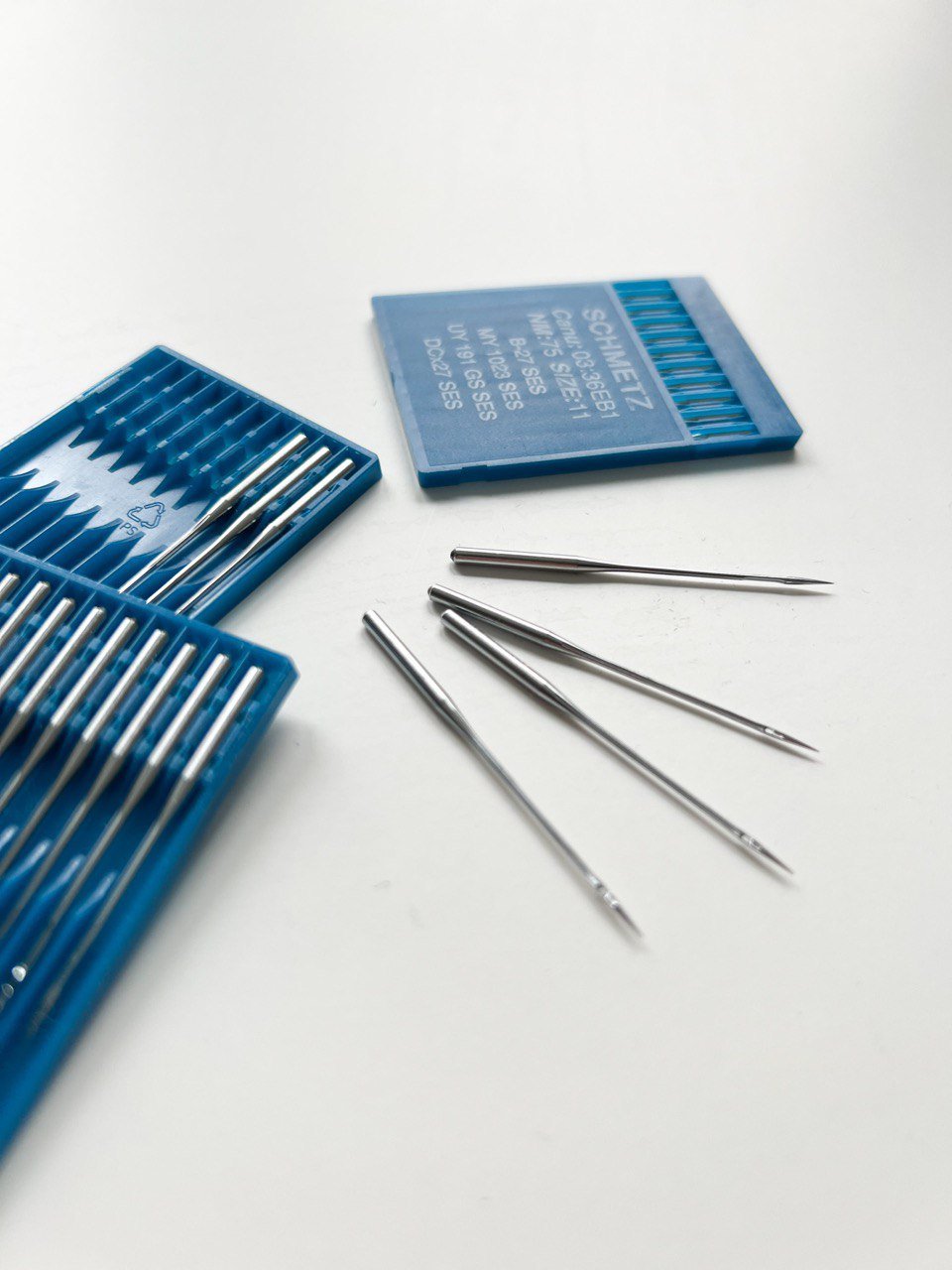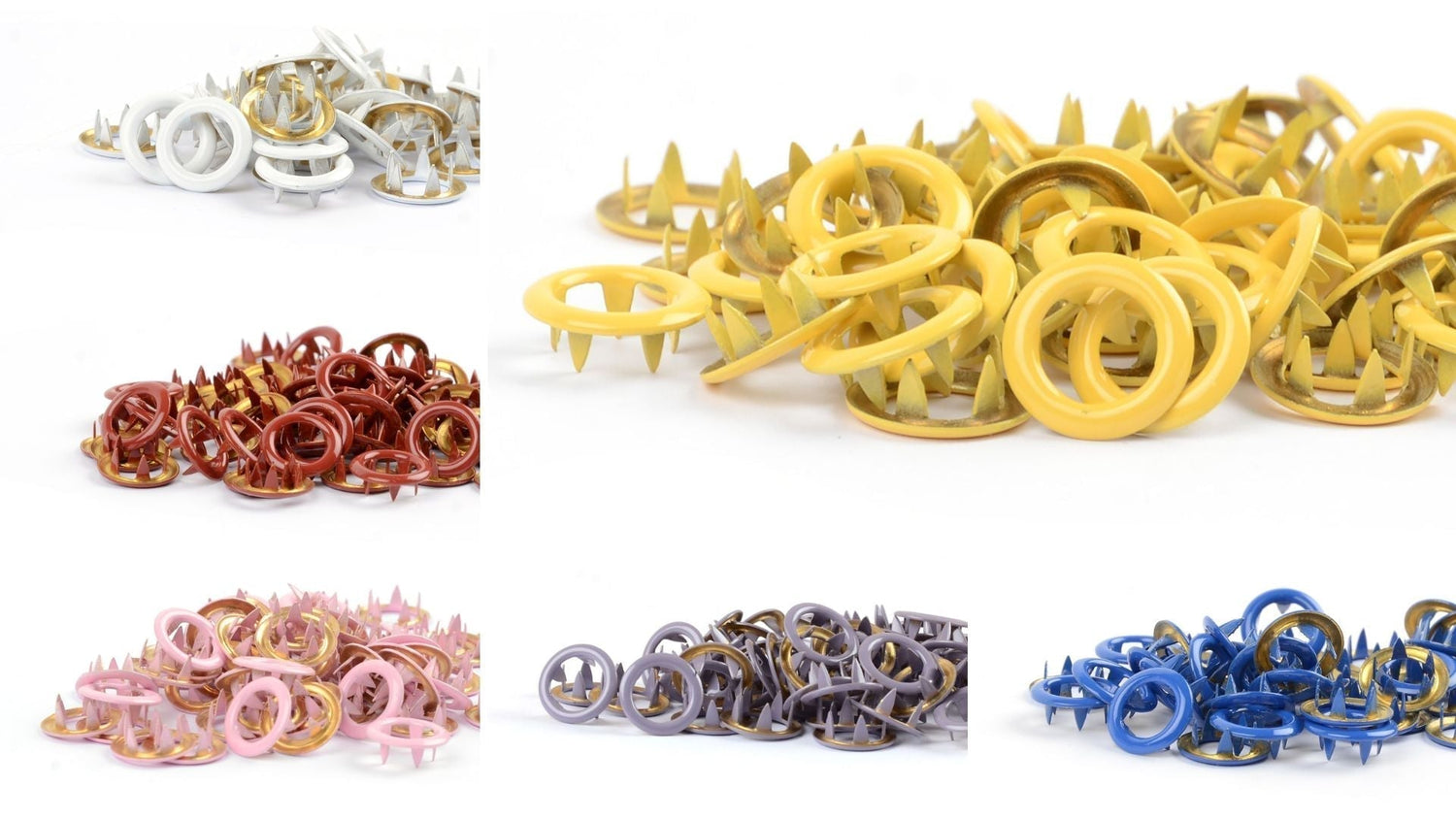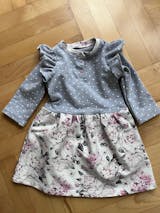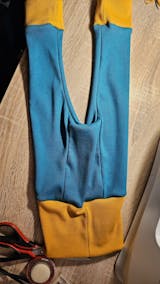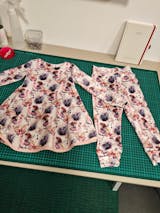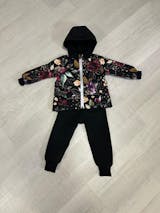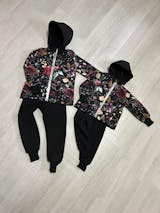Welcome to my blog. Today, this time on a topic that will surely interest many of you, or that you don't yet know that you should be interested in. You could probably write a whole essay about needles, and I could write one too, but that's not my goal. I don't want to bore you to death with needle theory in this article and I'll go straight to the practical part.
Ribbed materials and knitwear cannot be sewn with just any needle . And why? Because you will cut holes in it and destroy the result. Which is a shame, because the materials aren't cheap and your time isn't worth it either. So? Let's take a look at what needles to actually use for ribbed knits, rib knits and other knits of a similar type.
What is actually going on?
Rib knits and other knit materials and knits are exactly what the name suggests. They are fabrics that have a knitted weave. The whole fabric is made up of lots of small loops that are tied together.
What you need to know is the mechanics that the needle goes through when sewing fabric .
For knits with a knit weave , the needle must pass between each stitch. It must not cross any eye. It must pass, as it were, between the individual stitches of the fabric and separate them from each other.
It's a little clearer now, isn't it? I was looking for this information myself before I started sewing these very susceptible materials. And she didn't find it. Up to the needle manufacturer.

What you need?
So I come to the denouement of the plot. If you want to sew ribbed materials, but actually any knits and knitted materials (those with a looser structure are much more susceptible), it is necessary to sew only with needles with a round tip.
This needle is referred to in English as a Ball point needle.
Needles won't poke holes in you. Of course, the solution is not self-saving. If your needle crashes, it will make a hole. If you use too strong needles, they will make holes.
Which needles to choose?
My favorite needles, which fit every home and most industrial machine , are Schmetz needles. Needle manufacturer Schmetz has needles for all needle systems in its portfolio and it is not difficult to choose. With home sewing machines, it is quite simple. Most machines have the same needle system , so you can swap needles.
Industrial machines have it a little more complicated, but you can get used to it. The needle systems are different and the length is also different.
Needles are sold by the cartridge. For home machines, it is always a package of needles of the same width, or it can be a mix of different needle widths. For industrial machines, it is usually a cassette of ten pieces. Even so, it is quite cheap. Orders of ten crowns.
Here I give you links to my favorite resources. Strima is a reliable shop that delivers quickly.
Needle system: Home overlock, coverlock and single needle machine - flat needles
For industrial machines, I recommend writing down the end of the needle numbers and always ordering according to the end. To sit. For industrial machines, the needles are not marked as Ball point but as SES . Buy only this type. Not another one.
Needle system: Industrial overlock, single needle and coverlock - round needles
- needles Schmetz industrial overlock 75 SES - B-27 SES
- needles Schmetz industrial single needle 75 SES -135X5
- Schmetz needles for industrial coverlocks 75 SES - UY 128 GAS SES
How to deal with the risk of needle stick and how to recognize it?
So I just advised you which needles you need to have for the right result and why you need to have them. And now one last piece of advice about gold. Change needles as often as possible . Preferably after some interval. If you sew in industry and sew often, your machine runs every day and you sew maybe 60 pieces per day per machine, then changing the needles about once every 3 days would be fine. For home machines, I always change if I switch from some other materials to jersey or ribbed. If I'm sewing ribbed in tension, I change once a week automatically.
Proper cleaning after intervals, mainly in the area of needles and lower loopers, is also needed at least once a week during low traffic. All pieces of thread, accumulated dust or oil must be gone.
I recommend removing the stitch plate once a week and cleaning it as well.
This will prevent most problems. You can drop the needle at any time. It is enough to press the pedal unevenly, to sew very hard materials or thick seams. Pay attention to these moments and always change the needles.
You don't recognize a dropped needle right away. Unless, of course, it is blown to pieces and completely broken. You will only know it when the item is worn and washed. What a bent needle can do is cut through the fine fibers of the knit and release the eyelet . The eyelet is then opened and a hole is made directly where the seam passes.
Here in the picture you can see seams that are maybe 4 years old and there is not a single hole. And below is a picture of what the needle damage looks like.

How to save or repair holes?
Either by hand, pull with a needle and thread, or create a parallel seam that is in front of the damaged knit. And thereby prevent further destruction. Repair is possible and the product can continue to be worn. Dirks usually don't even continue to start or get bigger.
I hope I helped you.
Do you like the article? Leave me a comment or share the article.
With regards, Helena alias Šibabi


